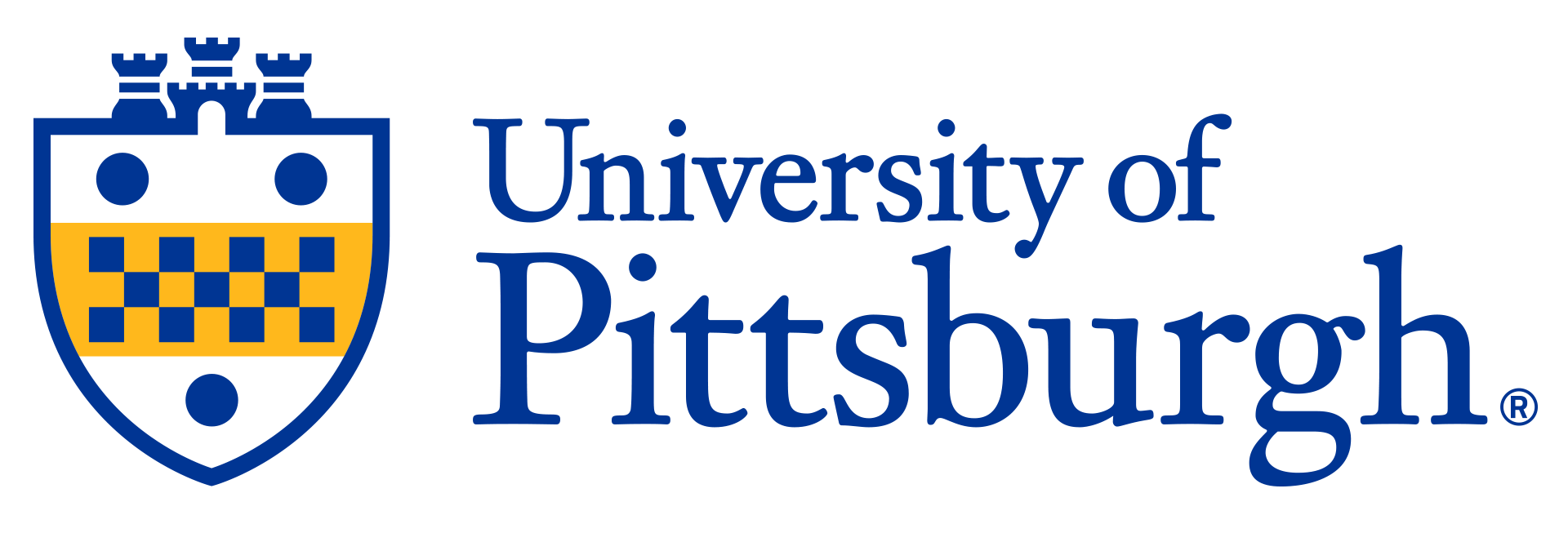

Novel Small Molecule Therapies for Cardiovascular and Metabolic Disorders
This invention introduces novel small molecule compounds, specifically 8-substituted guanine and 8-substituted guanosine, that act as potassium-sparing diuretics and natriuretics. These compounds offer a versatile therapeutic approach for treating a range of conditions, including hypertension, stroke, diabetes, and sickle cell disease, by modulating key physiological pathways.
Description
The core of this technology revolves around 8-substituted guanine and 8-substituted guanosine compounds, which exhibit significant therapeutic effects by influencing diuresis and natriuresis. These compounds can function as inhibitors or substrates of purine nucleoside phosphorylase (PNPase), an enzyme involved in purine metabolism. By modulating PNPase activity, these molecules can treat conditions such as systemic and pulmonary hypertension, stroke, and diabetes by promoting fluid and sodium excretion, thereby reducing elevated arterial pressure. Furthermore, they are effective in reducing the risk and treating pulmonary hypertension, including cases associated with HIV, and can directly treat sickle cell disease by decreasing the sickling of red blood cells.Applications
- Pharmaceutical treatments for systemic hypertension.- Pharmaceutical treatments for pulmonary hypertension.
- Therapeutics for stroke prevention and treatment.
- Medications for the management and treatment of diabetes.
- Novel treatments for sickle cell disease.
Advantages
- Multi-Disease Treatment: Addresses a wide array of conditions including hypertension, stroke, diabetes, and sickle cell disease.- Potassium-Sparing Diuretic Action: Promotes diuresis and natriuresis while sparing potassium, reducing the risk of electrolyte imbalance.
- Reduced Stroke Risk: Contributes to reducing the likelihood and mortality risk of stroke.
- Pulmonary Hypertension and SCD Treatment: Offers methods to treat or reduce the risk of pulmonary hypertension (including HIV-associated) and sickle cell disease by reducing red blood cell sickling.
- Flexible Administration: Compounds can be administered orally or included in beverage compositions, such as wine.
Invention Readiness
Data has been generated from studies in anesthetized rats showing the effects of guanine, amiloride, 8-aminoguanosine, and 8-aminoguanine on various physiological parameters, including urine volume, sodium, potassium, and glucose excretion, mean arterial blood pressure (MABP), heart rate (HR), myocardial blood flow (MBF), and renal blood flow (RBF). Furthermore, studies on the reduction of sickling in sickle cell disease models have been conducted.IP Status
https://patents.google.com/patent/US10729711B2Related Publication(s)
Jackson, E. K., Gillespie, D. G., & Mi, Z. (2016). Abstract 070: Discovery of a Novel Class of Endogenous, Small-molecule, Potent, Efficacious and Potassium-sparing Diuretics/Natriuretics with Antihypertensive and Glucosuric Activity. Hypertension, 68(suppl_1). https://doi.org/10.1161/hyp.68.suppl_1.070